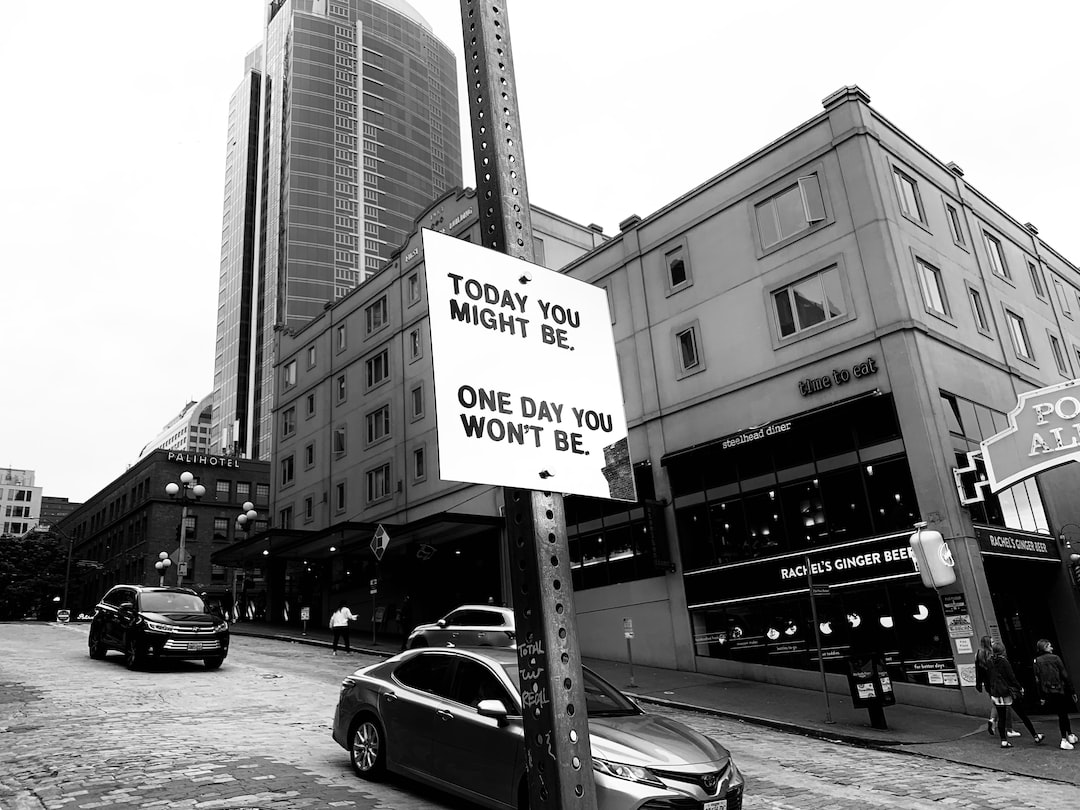The forex market is a complex and dynamic environment, where traders have to analyze various factors to make informed decisions. One of the most important aspects of trading is understanding the concept of demand zones. In forex trading, demand zones refer to areas where buyers are likely to be present, leading to an increase in demand for a particular currency pair. In this article, we will explore the concept of demand zones in forex trading and how traders can use it to their advantage.
What is a Demand Zone?
A demand zone is an area on a forex chart where the price of a currency pair is likely to stop declining and start rising again. It is a level where buyers are expected to enter the market and push the price up. A demand zone is formed when the price of a currency pair falls to a certain level, but buyers step in and start buying the currency, leading to an increase in demand. The more buyers there are at a particular level, the stronger the demand zone becomes.
Demand zones are created as a result of supply and demand imbalances in the forex market. When there is more demand for a currency pair than supply, the price tends to rise, and when there is more supply than demand, the price tends to fall. Demand zones are formed when buyers start buying a currency pair, creating a demand for it, and the sellers are unable to meet that demand, resulting in a price increase.
How to Identify a Demand Zone
Identifying demand zones is an important part of forex trading. A demand zone is typically identified by looking at the price chart and analyzing the price action. The key is to look for areas where the price has previously stopped declining and started rising again. These areas are likely to be demand zones.
One way to identify demand zones is to look for areas where the price has formed a strong support level. A support level is a level where the price has previously stopped declining and started rising again. If the price has bounced off a particular level multiple times, it is likely to be a strong support level and a potential demand zone.
Another way to identify demand zones is to look for areas where the price has formed a bullish reversal pattern. A bullish reversal pattern is a chart pattern that indicates a potential reversal of a downtrend. Examples of bullish reversal patterns include the double bottom, head and shoulders, and bullish engulfing pattern.
How to Trade a Demand Zone
Trading a demand zone involves buying a currency pair at the demand zone level and holding it until the price reaches a predetermined target level. The key is to identify a strong demand zone and enter the trade at the right time.
One way to enter a trade at a demand zone is to wait for the price to test the level and bounce off it. If the price bounces off the demand zone and starts to rise, it is a signal that the buyers are in control, and it is a good time to enter a long position.
Another way to enter a trade at a demand zone is to use a price action signal. Price action signals are patterns that indicate a potential reversal of a trend. Examples of price action signals include bullish engulfing, hammer, and pin bar candles. If a price action signal forms at a demand zone, it is a signal that the buyers are in control, and it is a good time to enter a long position.
Conclusion
Demand zones are an important concept in forex trading. They represent areas where buyers are likely to be present, leading to an increase in demand for a particular currency pair. By identifying strong demand zones and entering trades at the right time, traders can capitalize on the price movements in the forex market. However, it is important to remember that demand zones are not foolproof, and traders should always use proper risk management techniques to minimize their losses.





